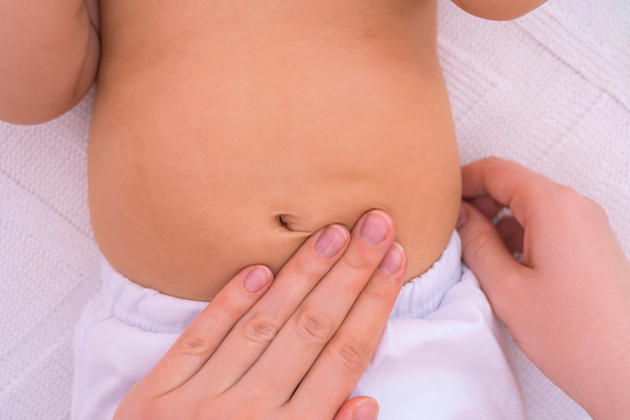Inguinal Swelling in Babies May Be a Sign of Hernia
Although the foundation of an inguinal hernia is laid in the womb, some triggering factors can make it easier for it to occur after the child is born. Anadolu Health Center Pediatric Surgery Specialist Op. says that the clearest symptom of inguinal hernia is the swelling in the groin area. Dr. Nadir Tosyalı said, “This swelling disappears by pressing on it and making a gas sound. “Long-lasting cough, constipation, fluid accumulation in the abdomen, premature or low birth rate of the child, or some connective tissue diseases and metabolic diseases trigger the formation of inguinal hernia,” he said. Anadolu Health Center Pediatric Surgery Specialist Op. says that inguinal hernia is a very typical disease and that parents actually consult a doctor with the diagnosis. Dr. Nadir Tosyalı said, “Because when parents see a swelling in the groin area, they understand that this is a different situation and come to us directly with this finding. We attach great importance to this. “The fact that the family gave us this story reveals the diagnosis to a great extent,” he said.

Swelling in the groin area is the most important symptom of inguinal hernia.
Pediatric Surgery Specialist Op. emphasizes that the diagnosis is largely achieved when swelling in the groin area is detected during examinations performed by lying down in infants and standing up in older children by coughing or straining. Dr. Nadir Tosyalı said, “If these findings are not present, a slight mass in the form of a tissue shift, which we call the silk glove sign, during the finger examination of the groin area gives us a big clue. “The swelling that the mother or father somehow encounters, the child straining during the examination to make this swelling visible again, and the evaluation of both sides with ultrasound clearly reveals the diagnosis,” he explained.
The only treatment for inguinal hernia is surgery
Stating that inguinal hernia does not heal on its own, Op. Dr. Nadir Tosyalı said, “Inguinal hernia must be treated. The treatment is clearly surgical, as it has been for years. There is no treatment without surgery. The surgery takes 15-20 minutes. It takes place under general anesthesia. When we operate on babies in the morning, they are discharged on the same day in the evening. There are some known mistakes. For example, “hernia ligament”. We know that such methods that apply pressure to the groin area have absolutely no benefit and cause some complications and difficulties in the surgery that will be required later. “This should definitely not be done,” he said.
Excessive cough and constipation problems should be solved
Pediatric Surgery Specialist Op. emphasized that a 99 percent successful result was achieved with a successful surgery after the treatment. Dr. Nadir Tosyalı said, “Inguinal hernia may recur at a rate of 1 percent. Even if the surgery is successful, connective tissue disease may occur in the future. “After the surgery, attention should be paid to the hygiene of that area, and problems such as excessive cough and constipation should be solved,” he said.
In addition to inguinal hernias, attention should also be paid to hernia nodes.
Stating that inguinal hernias, called hernia strangulation, are a condition that can be seen frequently, especially in infancy, Op. Dr. Nadir Tosyalı said, “It is a situation where the organs in the sac are compressed and the hernia cannot be reversed. This is a very painful and uncomfortable condition. In its more advanced stages, in a long-term condition, the organs in the sac become malnourished and gangrene, and may even lead to the removal of a part of the child’s or baby’s intestine, sometimes a testicle or egg. “In late cases, life-threatening conditions called septic shock may even occur,” he said.



